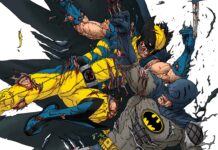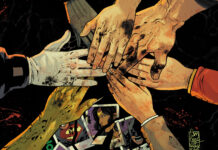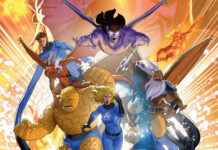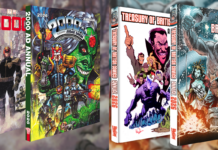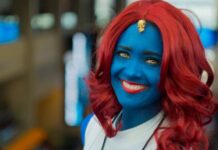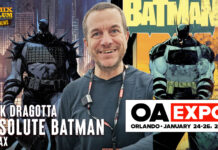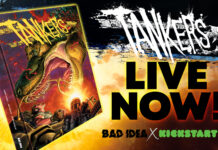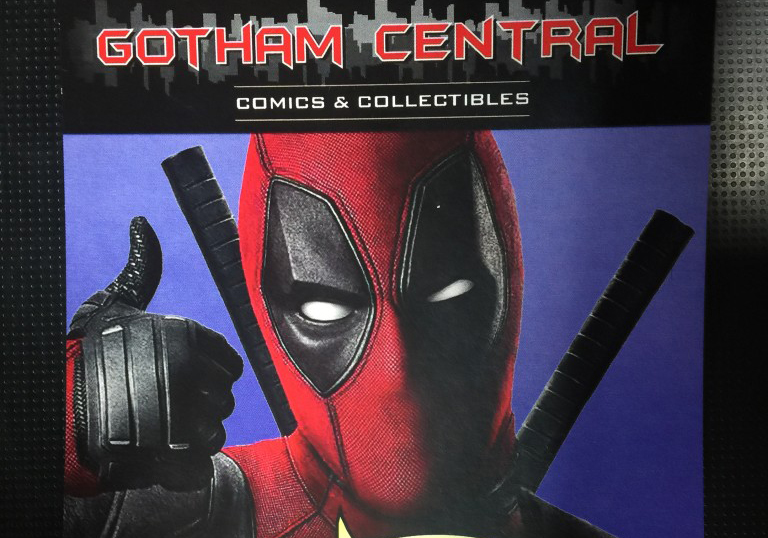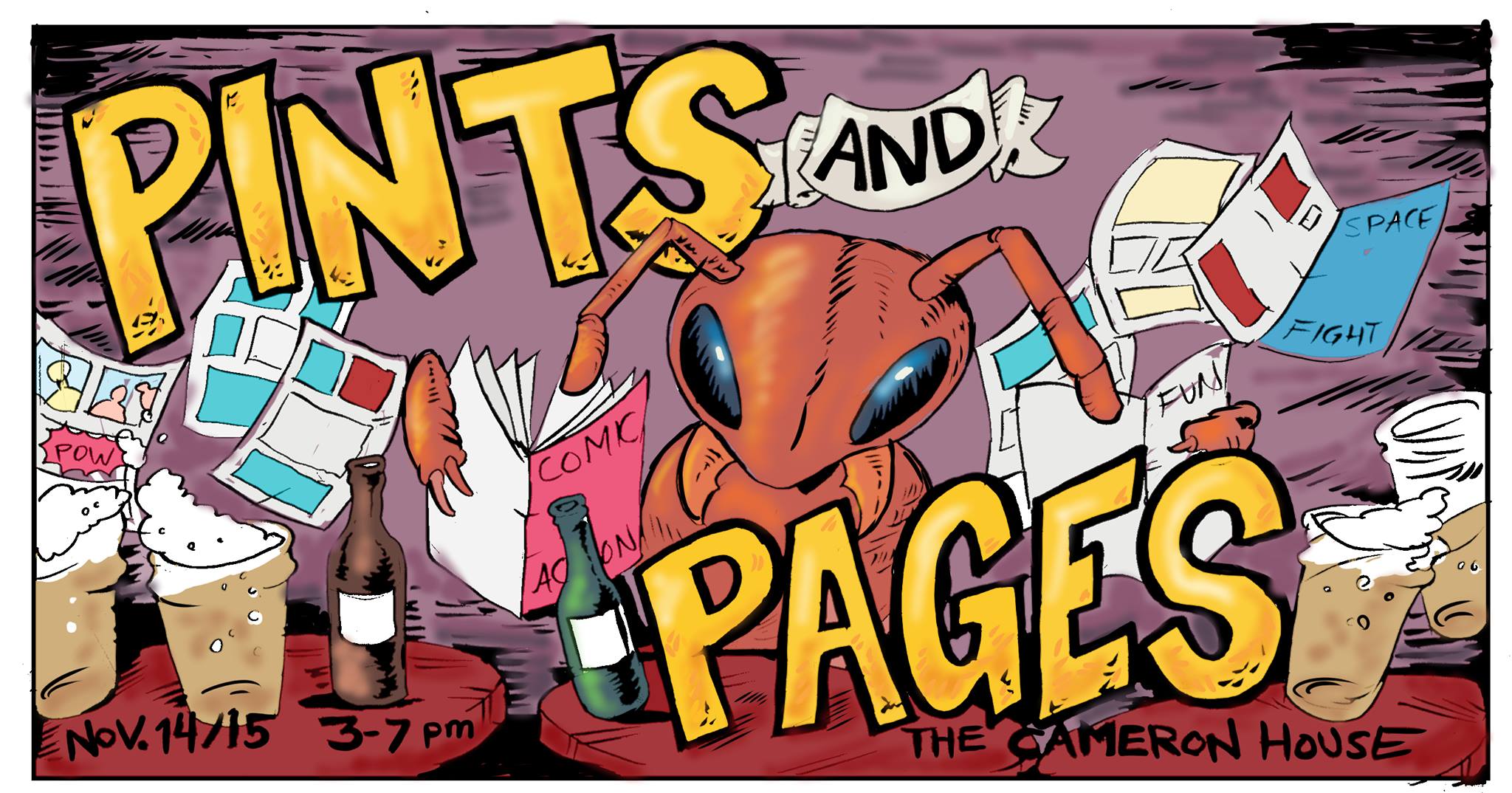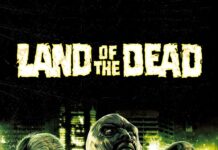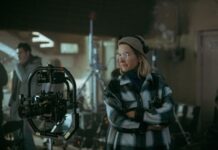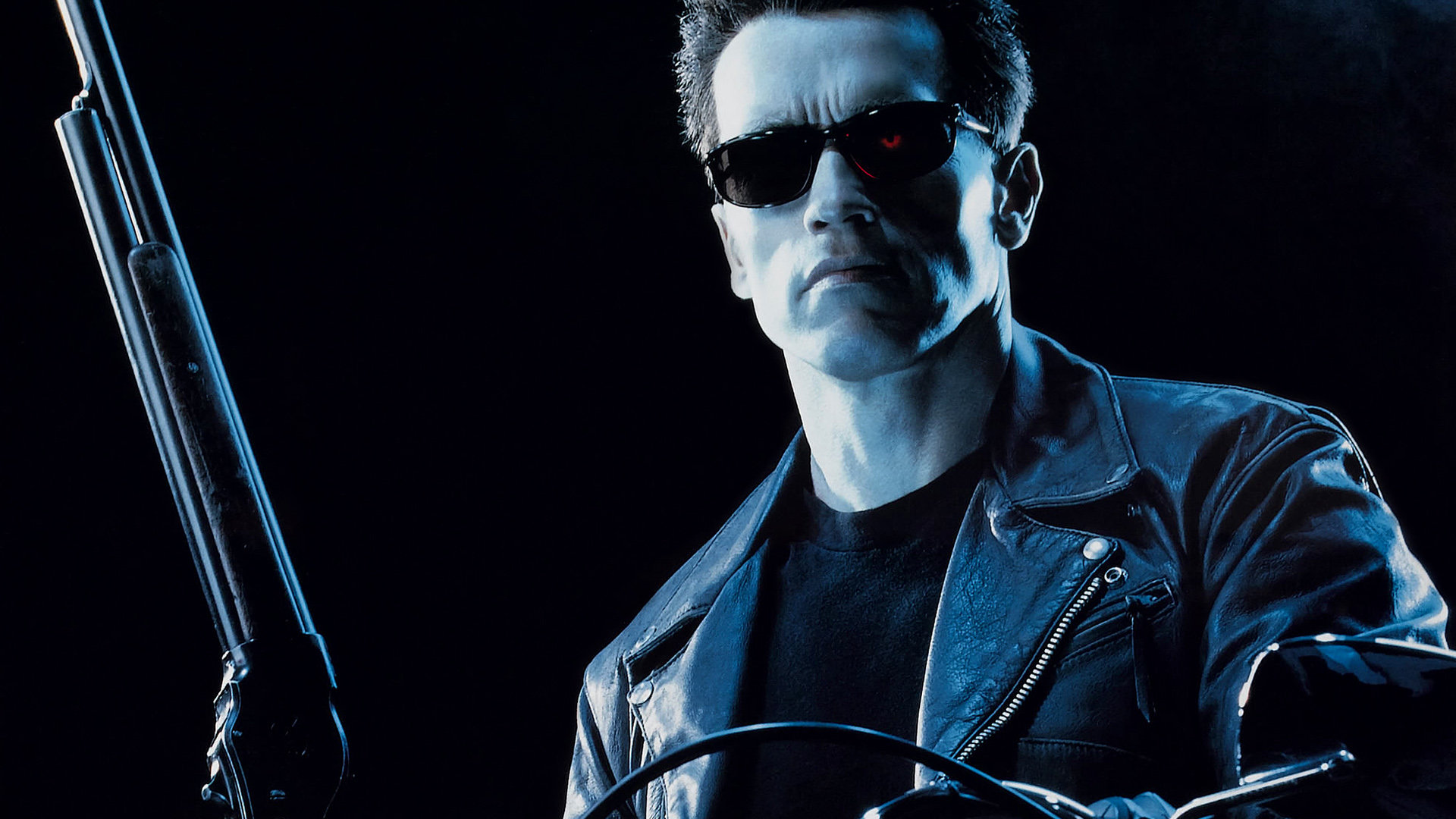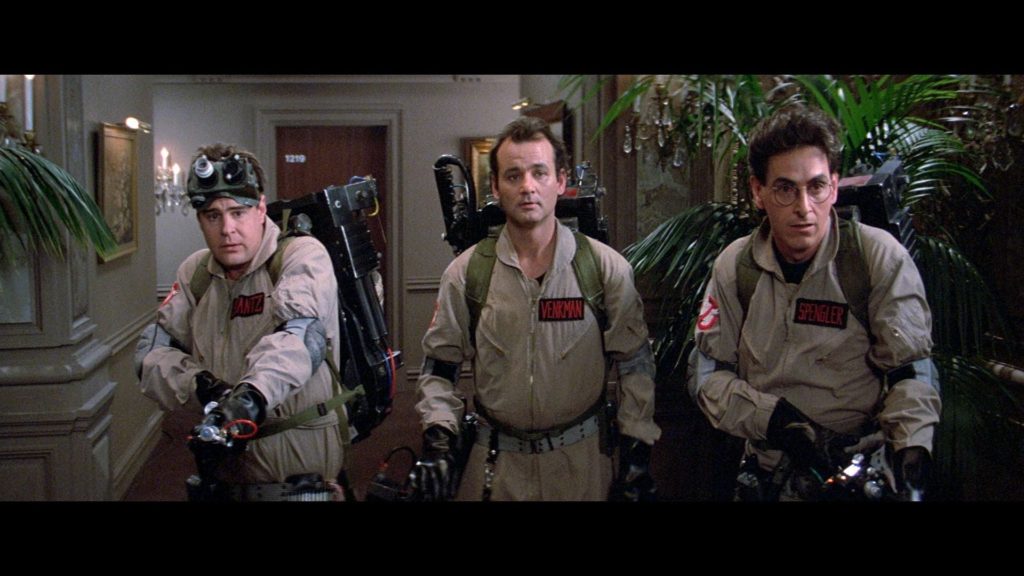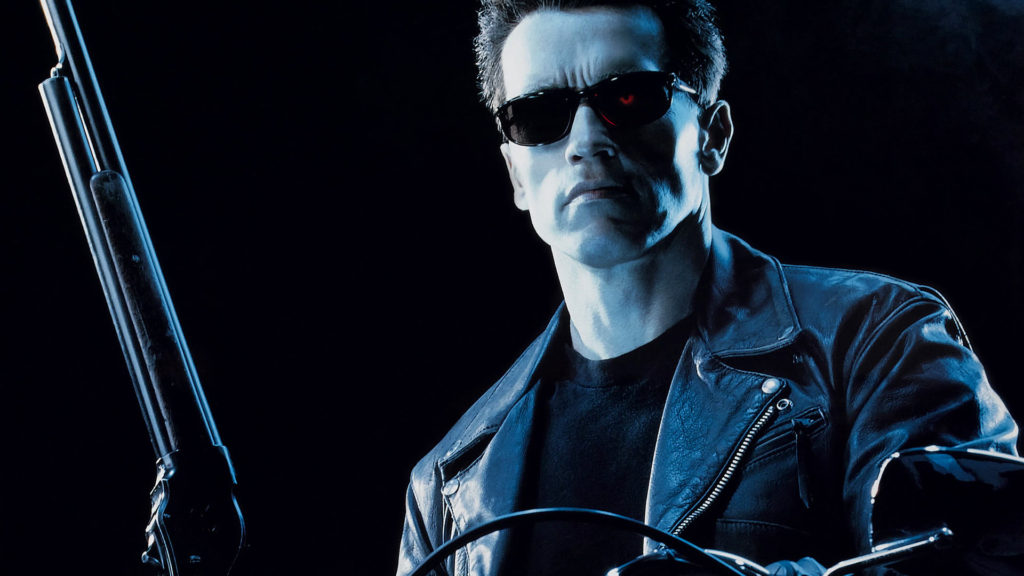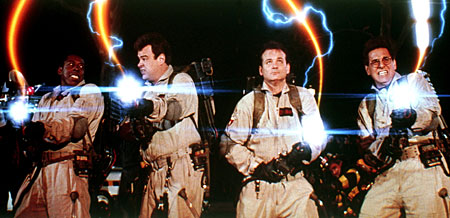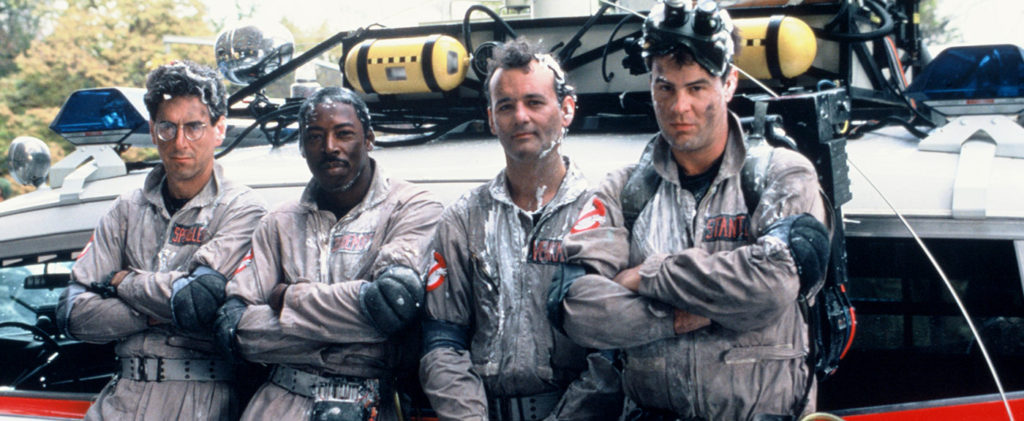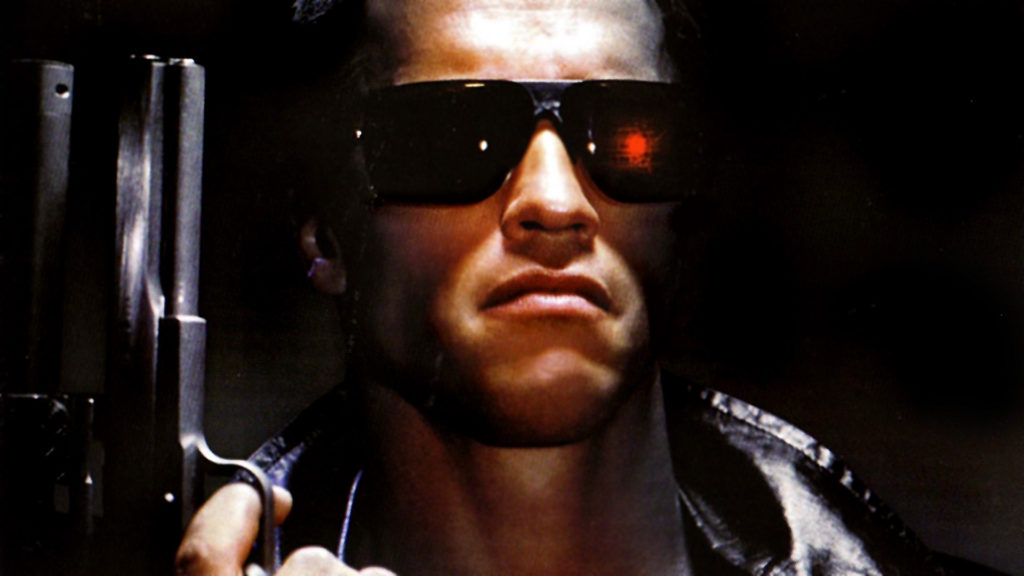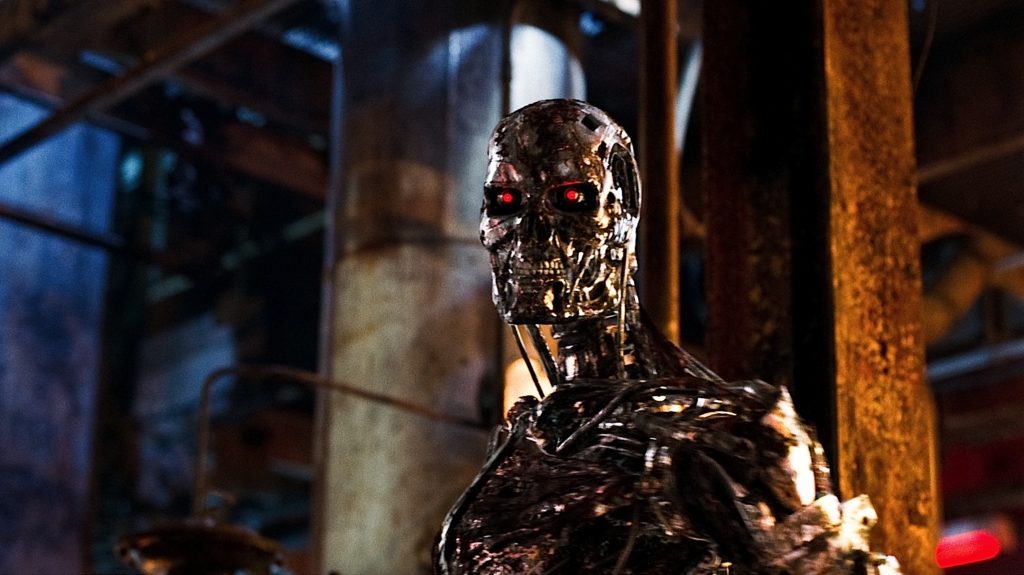Like fine wine, classic films get better with age.
“Dogs and cats, living together! Mass hysteria!”
1984 was quite the year for films; not just a good year, but a solid year, a great year. Consider the following films that were released in 1984 and made the top 100 box office domestic grosses list:
– Beverly Hills Cop
– Indiana Jones and the Temple of Doom
– Gremlins
– The Karate Kid
– The Killing Fields
– Police Academy
– Footloose
– Romancing the Stone
– Star Trek III: The Search for Spock
– Amadeus
– The Natural
– Revenge of the Nerds
– Bachelor Party
– Red Dawn
– Dune
– Starman
– The Last Starfighter
– A Nightmare on Elm Street
– 16 Candles
– Missing in Action
– Up the Creek
– The Philadelphia Experiment
– Runaway
– Dreamscape
– Firestarter
I could go on, but I would be accused of rambling. The aforementioned represents a wide assortment of hit films in all genres: action, sci-fi, horror, drama, and comedy. While superhero films had yet to dominate the market (Superman had two films out by 1984 and Supergirl was released that year) it is refreshing to look back in wonder at the variety of films that audiences enjoyed.
Which brings us to Ghostbusters and The Terminator; two different films with humble beginnings that exceeded expectations on many fronts – story, special effects, and audience engagement.
Ghostbusters was the brainchild of writer-actors Dan Akyroyd, Harold Ramis and director-producer Ivan Reitman. All enjoyed previous hits with The Blues Brothers, Animal House, and Caddyshack, and Saturday Night Live and SCTV were hot on television.
Bill Murray, Aykroyd, and Ramis star as three eccentric parapsychologists in New York City who start a ghost-catching business. Sigourney Weaver and Rick Moranis co-star as a client and her neighbour, whose uptown high-rise apartment building becomes the focal point of spirit activity linked to the ancient god Gozer; activity that threatens to overwhelm the team and the entire world.
Aykroyd was very much into the paranormal from a young age; his grandfather was an Edwardian spiritualist and his father wrote a book called History of Ghosts, about “mediumship and transmediumship and the afterlife and survival of the consciousness after death,” he said in a recent interview with Entertainment Weekly. “So that was the kind of stuff I was reading as a kid.”
Aykroyd told EW, “I originated Ghostbusters based upon reading that material and the real work of J.B. Rhine and [William G.] Roll and the Maimonides Dream Lab—real scientists who were into this. I took that from my family history, my family business, and married it with the ghost comedies of the 1930s—Abbot and Costello, Bing Crosby and Bob Hope, and the Bowery Boys. I mean, everyone did ghost movies. I just thought, ‘Let’s do a comedy ghost movie, but let’s base it on the real research.’ From that, I wrote a script, which is much darker than what was seen and was less accessible.”
Reitman, in the same interview with EW told Aykroyd he had a great idea and “I think we should set it in New York and it should tell the story of how they go into business together and the business turns out to be really successful…this was at a time when there wasn’t a supernatural force destroying the Earth on a regular basis the way there is now, so it seemed like a very important addition to set it in what was then contemporary Manhattan.”
At Reitman’s suggestion, Aykroyd and Ramis gave the story a major overhaul, hammering out the final screenplay during a three-week stay in a Martha’s Vineyard bomb shelter in May–June 1982.
Reitman told EW they were given the “Go” by Columbia on the condition it be ready for a June, 1984 release. “We still had no script,” he said. “Only 13 months to get everything done—including starting a special-effects house. You see, there was only one real big-time special-effects house, and that was ILM [Industrial Light and Magic].”
ILM was busy with Indiana Jones and the Temple of Doom, so Reitman called Richard Edlund, who just finished Return of the Jedi. He looked at Aykroyd’s original, massive 180-page screenplay and, with Reitman and Ramis, cut down the script to the shots that were necessary to the story and get laughs.
Ernie Hudson, who played Fourth Ghostbuster Winston Zeddemore, told EW Aykroyd’s belief and research in the supernatural “gave it a certain grounded quality that you can laugh at it but there’s something there that’s a little weightier. It gave the film a sense of realism that, as crazy as these guys were, that there’s something possibly real about this.”
Bill Murray was onboard in theory to play the romantic lead, but then as is now, Murray did his own thing. For Meatballs, his first starring role, he made Reitman and Harold Ramis sweat by not showing up on set until after production began. While Reitman and the writers huddled together and collaborated on the Ghostbusters script, Murray was doing his own thing. They had no choice but to trust that he would eventually deliver.
Joe Medjuck, Associate Producer, told EW the role of Louis Tully (played by Rick Moranis) was originally written for John Candy, “it was very much his brassy Johnny LaRue character.”
According to Reitman, Candy didn’t like the treatment sent to him and passed. “I called up Rick Moranis who I knew in Toronto, and said, “Look, Rick, why don’t you take a look at this. I think it’s going to be good.” He read it in like one hour, called me up, and said, “Wow, please thank Candy for me. This is the greatest thing I ever read.” ”
Moranis improvised all of his dialogue in the party scene. Akyroyd said “he delivered my speech about Gozer the Traveller. That speech alone, he did it so detached, it was so cute and fun.”
Sigourney Weaver, who played Dana Barrett, told EW Moranis was a “genius at continuing, and his behaviour and everything is just sort of break-your-heart and made you smile. I was actually watching one of our scenes together recently, and [you can see me laugh]. That was the one they used, but frankly, I think Dana’s trying not to burst out laughing because it’s so absurd but she doesn’t want to be rude. But I think I probably couldn’t help it, because [Rick’s performance] was so dear.”
Ghostbusters became a massive hit, earning $295 Million worldwide on a $30 Million budget. For those scoring at home, that is $678 Million worldwide on a $69 Million budget in 2014 dollars.
“Cyborgs don’t feel pain. I do. Don’t do that again.”
While Ghostbusters played up the laughs, James Cameron wrote and directed The Terminator with the film’s producer Gale Anne Hurd, which starred Arnold Schwarzenegger, Michael Biehn, and Linda Hamilton.
Schwarzenegger plays the Terminator, a cyborg assassin sent back in time from the year 2029 to 1984 to kill Sarah Connor, (Hamilton). Kyle Reese (Biehn), a soldier from the future is sent back in time to protect Sarah as her son becomes the leader of the resistance against the machines, who have taken over the planet.
Though not expected to be either a commercial or critical success, The Terminator topped the American box office for two weeks and helped launch the film career of Cameron (who up until that point had directed only one other feature -1981’s Piranha Part Two: The Spawning) and Schwarzenegger (a champion bodybuilder who moved into acting and enjoyed some success as Conan in Conan the Barbarian). It spawned a lucrative franchise that includes three sequels (with Terminator: Genesys on the way), a TV series and a plethora of tie-in merchandise.
“‘Terminator’ was an idea that I had when I was in Rome,” Cameron said in a 1992 interview for a behind-the-scenes special on the film. “I was sitting around basically in my hotel room, I was sick at the time, I had a real high fever. I was just lying on my back thinking and I came up with all this bizarre imagery.” He was inspired to create these characters and write the screenplay with future Walking Dead producer Gale Ann Hurd (Cameron and Hurd married in 1985 but divorced in 1989).
The Terminator is an important science-fiction film and prescient in its core debate, especially considering Stephen Hawking’s recent statement about the dangers of artificial intelligence. Cameron was on the nose in his storyline about the computers of the future that try to eliminate the humans who programmed artificial intelligence into them. In a watershed moment, Cameron took classic sci-fi tropes and conventions – time travel, cyborgs and nuclear Armageddon – and used them in a way that was and is grounded in the present, as well as create a film that is accessible to fans outside the genre. The Terminator works well as a sci-fi, thriller, action, horror, and romance film. In addition, the film presented a strong female in Sarah Connor, a usually weak element in a sci-fi movie. While a few years removed from Sigourney Weaver’s Ripley in Alien (1979), Sarah is more relatable to an audience as she starts the film as the “damsel in distress”, but grows into a fighter at the end. Sarah is someone we can relate to and changes to become someone we aspire to; while this may not be so groundbreaking today with female characters of strength in sci-fi films, in 1984 it was a big deal. Subsequently, in T2 Sarah transforms into a kickass warrior, becoming almost a human Terminator. Sarah Connor and Ellen Ripley paved the way for modern feminine action characters that can go toe to toe against the baddies and still retain their femininity. In fact, Cameron honed Ripley’s toughness and PTSD-like symptoms and presented a tough yet vulnerable Ripley in Aliens (1986) his balls-out action sequel to the original. Katness Everdeen et al – you may say ‘thank you’ now.
One element of the film that hammered home the point of groundedness was a realistic robot. Prior to The Terminator, most movie robots weren’t very iconic; in fact, most were guys in suits. Cameron and special effects legend Stan Winston wanted to create a fully realistic endoskeleton, “something that couldn’t possibly be a suit,” Cameron told Variety recently. The process involved the use of hydraulics, complex puppets and stop-motion animation to make the Terminator look realistic, which set the movie apart from past sci-fi films where the audience instinctively knew there were guys in suits.
Even Schwarzenegger’s physical performance was atypical of actors who previously played robots. Arnold played the Terminator with an uninterrupted even movement as opposed to stereotypical jerky robotic mannerisms. Watch Arnold in the film and he moves back and forth like a shark closing in on its prey.
Cameron, in an interview with CBS, said “ultimately, dark futures are always more interesting in movies than bright, utopian ones,” when asked about the audience’s fascination with apocalyptic stories. Truly the world of The Terminator is frightening; the people of 1984 have no idea what lies ahead. When we glimpse Reese’s memories and see metallic Terminator endoskeletons standing atop mounds of human skulls, we see what people have taken for granted and what others are willing to fight for.
The soundtrack also played a big role in the film’s success; like Jaws and Halloween, one can’t imagine The Terminator without its recognizable theme music. Composer Brad Fiedel’s metallic, percussive music is the de facto robotic heartbeat for the film. “Beth Rickman, a very dear friend of mine, was the agent who represented Brad,” Hurd told Variety. “She reached out to me and said I know you have no money, but I’ve got the guy for you.” A few days later a cassette (yes, a cassette – no sending files via email) arrived and Cameron and Hurd found their man.
The film was made on a small budget and Cameron and Hurd made every dollar count; Cameron, in his early years, worked as a miniature-model maker at Roger Corman’s Studio while continuing to educate himself in the techniques of filmmaking while Hurd was Corman’s assistant. Corman, an independent film producer, director and actor, made mostly low-budget B-movies to high critical acclaim, and the rapidly produced, low-budget productions were essential in Cameron’s apprenticeship as he learned to work efficiently and effectively. And efficient and effective he was. The Terminator was a box-office hit, breaking expectations by Orion Pictures executives (the film’s distributors) that it would be regarded as only a sci-fi film and gave it a week at best in the theatres. The film’s box office take was $78 Million ($178 Million in 2014 dollars) against a $6 Million ($13 Million in 2014 dollars) budget. Variety praised the film, calling it a “blazing, cinematic comic book, full of virtuoso moviemaking, terrific momentum, solid performances and a compelling story…Schwarzenegger is perfectly cast in a machine-like portrayal that requires only a few lines of dialog.”
Schwarzenegger was a Terminator of few words, but they were impactful; he speaks only 18 lines of dialogue in the film and less than 100 words in total. Cameron told EW that “somehow, even his [Austrian] accent worked…It had a strange synthesized quality, like they hadn’t gotten the voice thing quite worked out.” Maybe the voice thing wasn’t worked out, but The Terminator’s place in cinema history has, and a new trilogy starring Schwarzenegger in his most iconic role is in the works.
I’ll be back, indeed.
This article originally appeared in the November 2014 edition of Comix Asylum Magazine.


